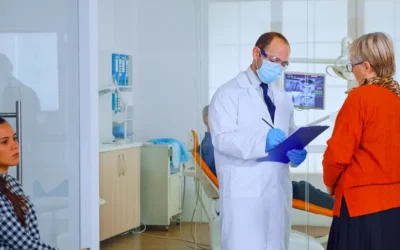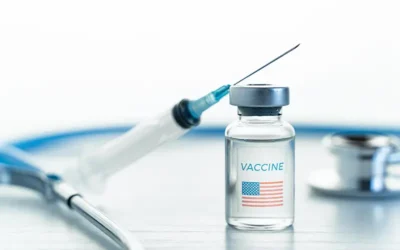It is very important to remain very cautious when coding for burns in an emergency setting. This is mainly because the medical coding rules and regulations for burn care are complex, are subject to change often and errors can cause big revenue loss to your practice. When it comes to proper coding, you should use the right diagnostic codes, CPT codes and evaluation and management (E/M) codes with the correct modifiers.
ICD-9 Diagnostic Codes
- 940: Burn confined to eye and adnexa
- 941: Burn of face head and neck
- 942: Burn of trunk
- 943: Burn of upper limb except wrist and hand
- 944: Burn of wrist(s) and hand(s)
- 945: Burn of lower limb(s)
- 946: Burns of multiple specified sites
- 947: Burn of internal organs
- 948: Burns classified according to extent of body surface involved
- 949: Burn unspecified site
There is a set of sub category codes (more specific codes) for each of the cases mentioned above.
CPT codes
- 16000: Initial treatment, first degree burn, when no more than local treatment is required
- 16020: Dressings and/or debridement, initial or subsequent; without anesthesia, office or hospital, small
- 16025: Dressings and/or debridement, initial or subsequent; without anesthesia, medium eg, whole face or whole extremity
- 16030: Dressings and/or debridement, initial or subsequent; without anesthesia, large eg, more than one extremity
- 16035: Escharotomy
- 16036: Escharotomy, each additional incision List separately in addition to code for primary procedure
E/M Codes for Emergency Department
- 99281: Emergency department visit for the evaluation and management of a patient, which requires these 3 key components: A problem focused history; A problem focused examination; and Straightforward medical decision making. Counseling and/or coordination of care with other providers or agencies are provided consistent with the nature of the problem(s) and the patient’s and/or family’s needs. Usually, the presenting problem(s) are self limited or minor.
- 99282: Emergency department visit for the evaluation and management of a patient, which requires these 3 key components: An expanded problem focused history; An expanded problem focused examination; and Medical decision making of low complexity. Counseling and/or coordination of care with other providers or agencies are provided consistent with the nature of the problem(s) and the patient’s and/or family’s needs. Usually, the presenting problem(s) are of low to moderate severity.
- 99283: Emergency department visit for the evaluation and management of a patient, which requires these 3 key components: An expanded problem focused history; An expanded problem focused examination; and Medical decision making of moderate complexity. Counseling and/or coordination of care with other providers or agencies are provided consistent with the nature of the problem(s) and the patient’s and/or family’s needs. Usually, the presenting problem(s) are of moderate severity.
- 99284: Emergency department visit for the evaluation and management of a patient, which requires these 3 key components: A detailed history; A detailed examination; and Medical decision making of moderate complexity. Counseling and/or coordination of care with other providers or agencies are provided consistent with the nature of the problem(s) and the patient’s and/or family’s needs. Usually, the presenting problem(s) are of high severity, and require urgent evaluation by the physician but do not pose an immediate significant threat to life or physiologic function.
- 99285: Emergency department visit for the evaluation and management of a patient, which requires these 3 key components within the constraints imposed by the urgency of the patient’s clinical condition and/or mental status: A comprehensive history; A comprehensive examination; and Medical decision making of high complexity. Counseling and/or coordination of care with other providers or agencies are provided consistent with the nature of the problem(s) and the patient’s and/or family’s needs. Usually, the presenting problem(s) are of high severity and pose an immediate significant threat to life or physiologic function.
- 99288: Physician direction of emergency medical systems (EMS) emergency care, advanced life support.
Tips for Coding Burn Treatment Services
Emergency Department (ED) physicians can follow these tips for coding burn treatment services to ensure on-target coding as well as correct pay.
- Every minor burn presenting to the ED does not qualify for 16000-16030 service. For certain minor cases (for example, sunburn), you can use emergency department E/M code.
- If a patient comes to the ED with first-degree burn (affects the epidermis only), then you should use 16000. You should also use the ED E/M code 99283 along with it. Add the modifier 25 to the E/M code to specify that the E/M and burn treatment were distinct services.
- If a patient comes to the ED with second degree burns – partial thickness, you can use the codes 16020-16030. However, you should thoroughly check the chart for the word blistering (either superficial, involving only the epidermis and superficial layers of the dermis). Considering partial thickness codes is the key when the chart mentions debridement.
A separate E/M service over and above the treatment is required for patients coming to the emergency department for burn treatment. Though low level E/M services are provided to most patients, there are instances when a high-level E/M service is provided apart from the burn treatment. Physicians should assign appropriate codes according to this.




